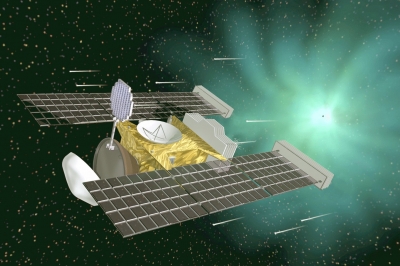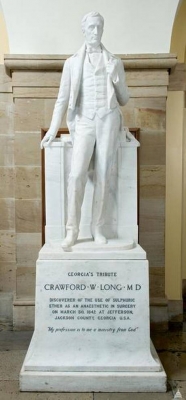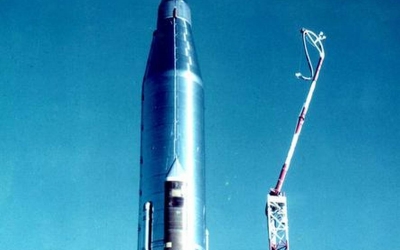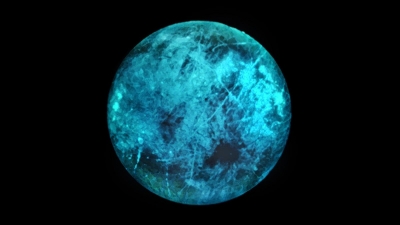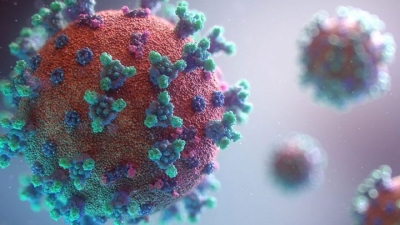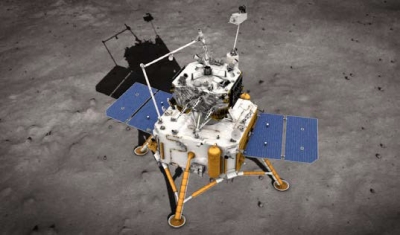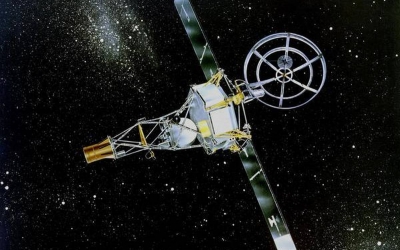Loring and Schwerdt search for a virus
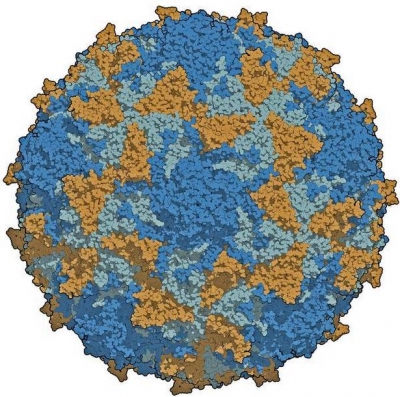
If the year 2020 taught us anything, it is to serve as a reminder that humanity isn’t all powerful and that we are just a tiny speck in the vast timeline of our universe. For not even in our wildest dreams would we have imagined that a virus would lockdown the majority of humankind at the same time.
The reason for this, as you obviously know, is the coronavirus. The disease might have been named COVID-19 for COronaVIrus Disease 2019, but the pandemic raged through 2020 and shows little signs of abating even now in 2021. This, despite the fact that a mountain load of human resources, on top of huge financial impetus, has been funnelled towards the cause of checking the spread of the disease.
Nature of the problem
In case you, or anyone around you, are wondering why it is taking us so long to find a fix, it is important to remember that that is indeed the nature of this problem. It isn’t the first one confronting us and a look at the poliovirus would illustrate it further.
Poliovirus is the causative agent of polio, a highly infectious disease that can totally paralyse a person in a few hours and is especially lethal against children under the age of five. If you ask the elders at your house, they would tell you that you too were administered a vaccine against the poliovirus as a child.
Our fight against the poliovirus, which is still ongoing, has spanned over decades. From affecting nearly 3,50,000 in over 125 countries even as recently as 1988, the numbers have dropped down to hundreds in the recent years. We have many people to thank along the way... Stanford scientists Hubert Scott Loring and Carlton Everett Schwerdt among them.
Loring’s laboratory
In the fall of 1939, with the world about to be embroiled in World War II, Professor Loring joined the faculty of the Stanford University Chemistry Department. His important research activities here took place in the early and mid-1940s.
Loring’s laboratory was characterised by a friendly atmosphere and subdued excitement. With his students, he was involved in two major areas during this time – the purification of the poliomyelitis virus and the structure and metabolism of ribonucleic acids.
Along with his student Schwerdt, Loring spent three years searching for the poliovirus. Their efforts led to the successful isolation of the Lansing strain of the poliovirus in 1946. Schwerdt completed his Ph.D. in biochemistry by the time their results were announced on January 10, 1947.
Tempers excitement
Loring and Schwerdt were able to obtain the virus with at least 80% purity. They were able to extract it from cotton rats, the only species then known to contract polio other than primates. Even though they had opened the door to further experimentation and the development of a vaccine against polio, Loring tempered the excitement, cautioning that the path ahead might still be long.
They were able to come up with a crude vaccine against polio in cotton rats later in 1947 before Schwerdt switched to the Virus Laboratory of the University of California at Berkeley. Here, he was able to further improve both his techniques and the product.
Working alongside his colleagues at Berkeley, Schwerdt developed a method to purify the poliovirus and also photographed it for the first time in pure form in 1953. He was involved in crystallising the pure virus in 1955 and also purified all three known major strains of poliovirus in 1957.
Our journey towards a polio-free world continues, even as the COVID-19 pandemic tries to undo some of the great work already achieved. Polio survives among the world’s poorest and marginalised, and the lockdowns and restrictions imposed to curtail the spread of coronavirus has also hindered administering vaccines against polio and other diseases to those who need it.
The work done by Loring, Schwerdt and many others ensured that the polio vaccine was safe when it came about in the 1950s. We will have countless more to thank when effective vaccines against COVID-19 also become a part of our lives.
Picture Credit : Google
